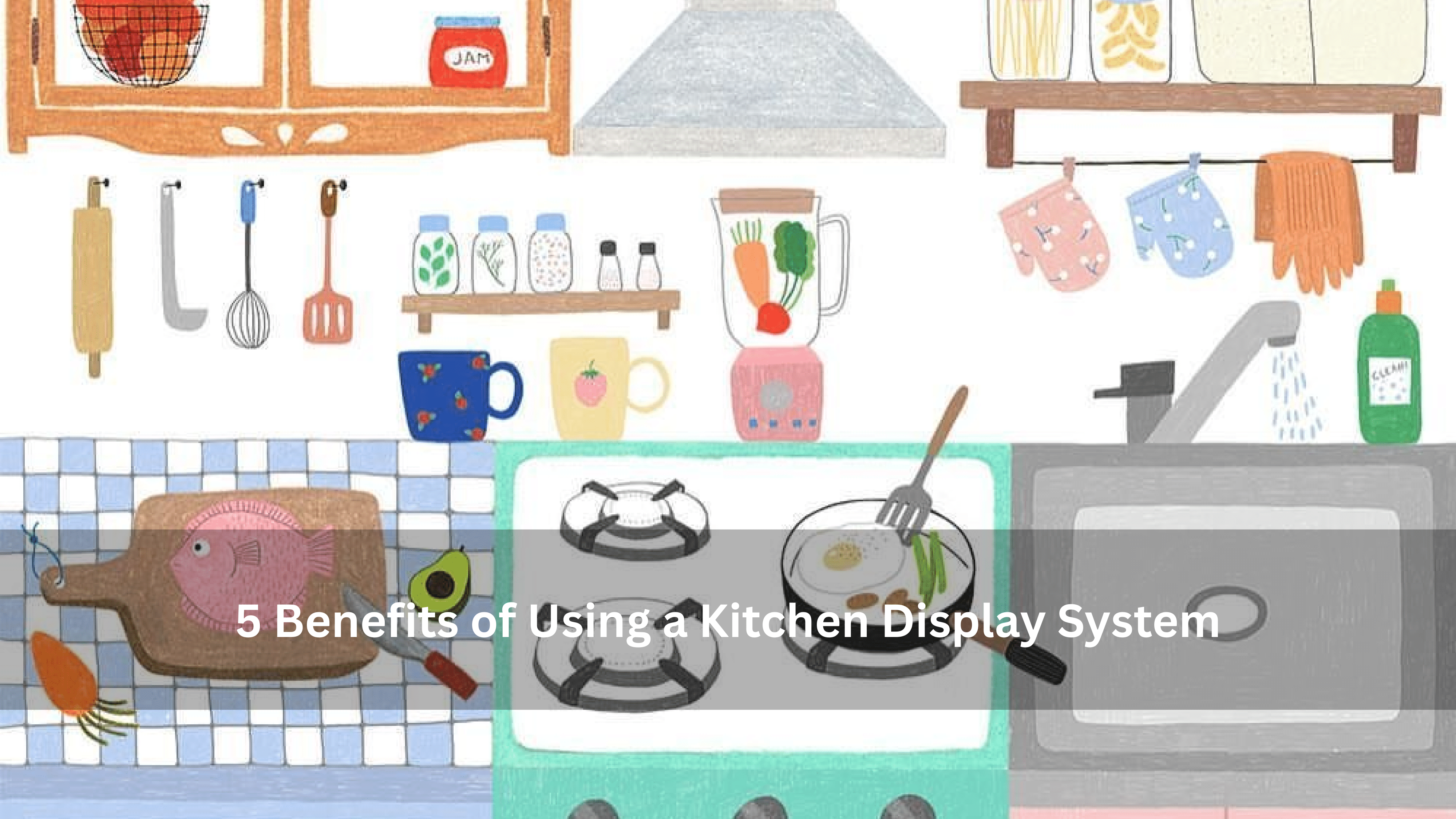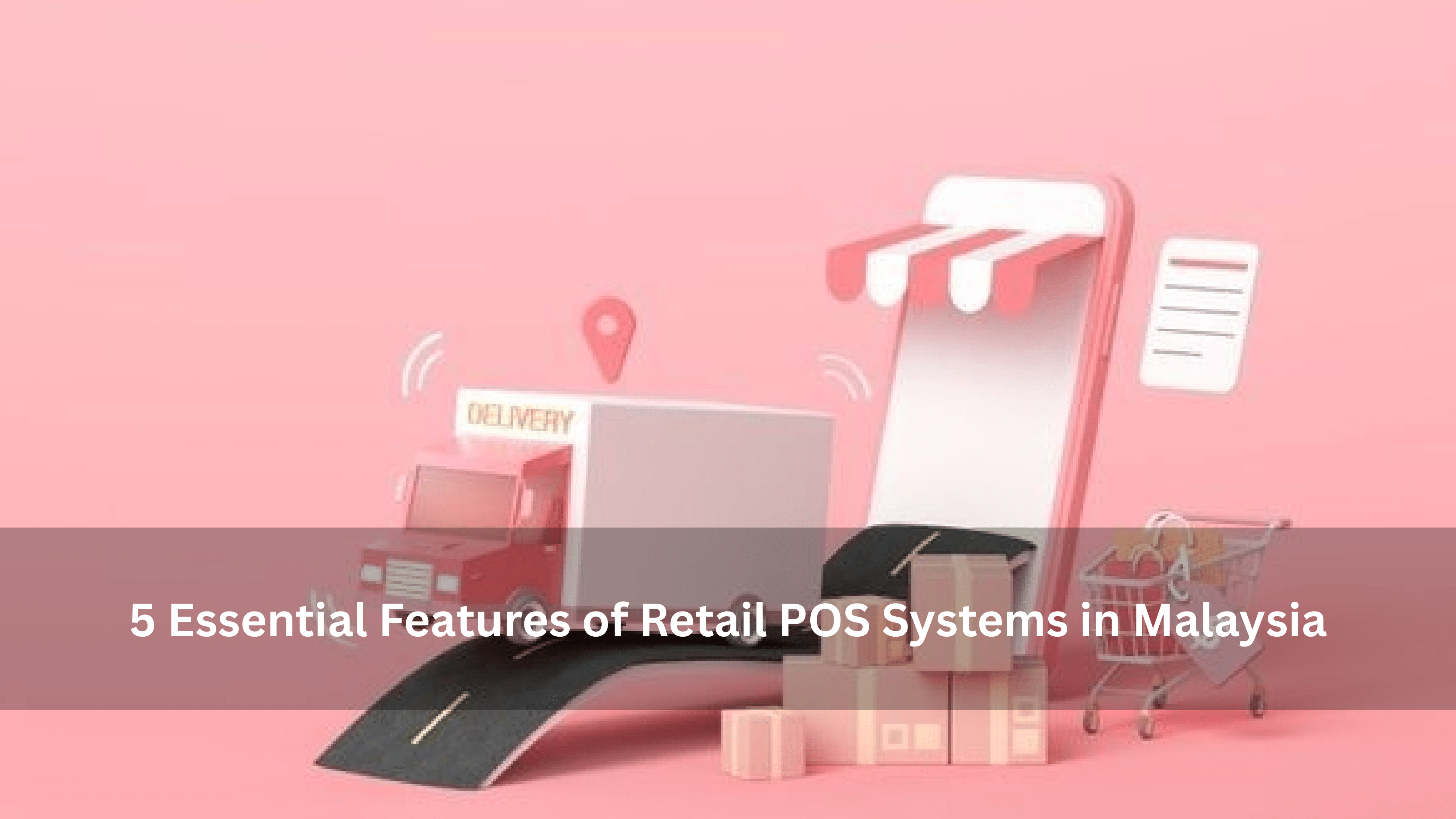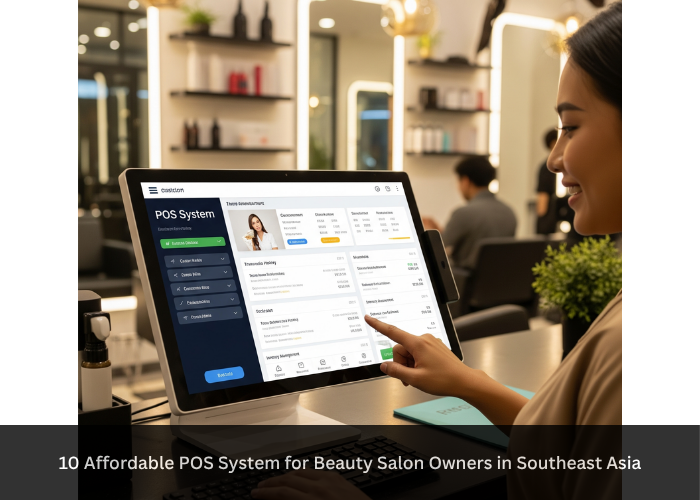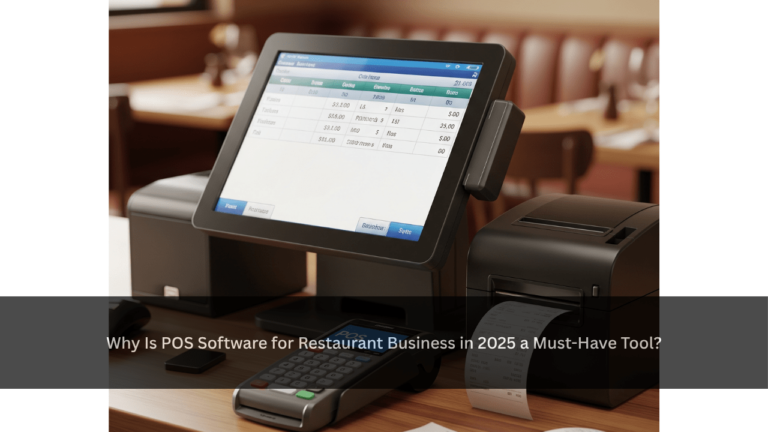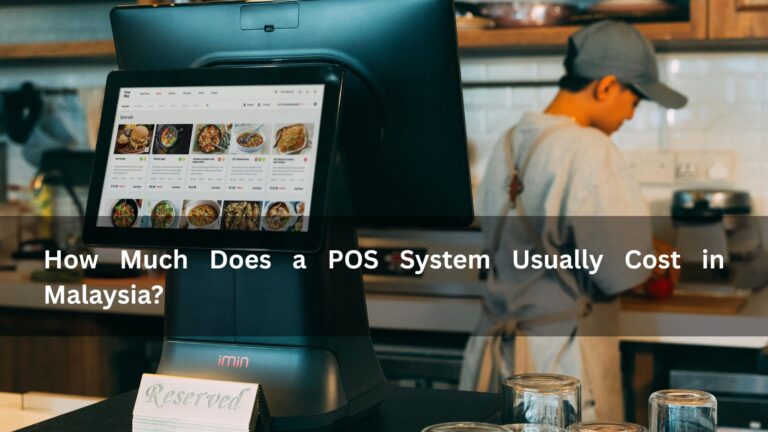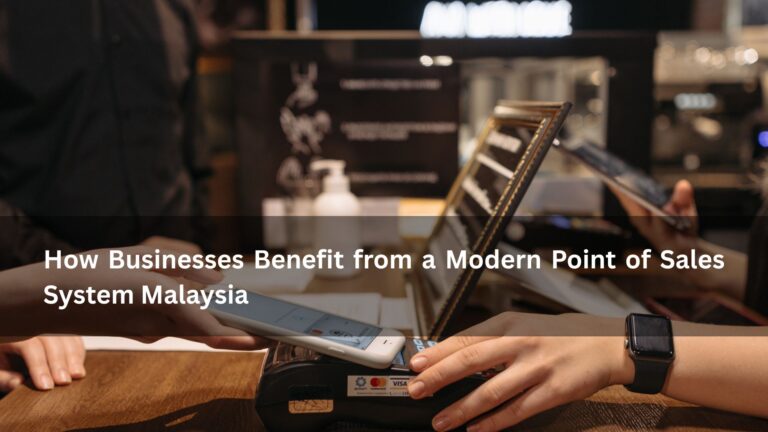In the ever-evolving world of food and beverage service, technology plays a crucial role in improving operational efficiency and customer satisfaction. One innovation that has significantly enhanced kitchen performance is the kitchen display system (KDS). Gone are the days of handwritten tickets and chaotic verbal communication. The kitchen display system is becoming the central nervous system of modern kitchens, especially in fast-paced environments like quick service restaurants (QSRs), casual dining, and cloud kitchens.
This article explores the top five benefits of using a kitchen display system, backed by real-world examples, practical features, and expert insights. Whether you’re a restaurant owner, kitchen manager, or tech consultant, understanding how a KDS works and what it brings to the table is crucial for staying competitive.
What Is a Kitchen Display System?
A kitchen display system is a digital screen-based solution used in commercial kitchens to display and manage food orders. Unlike traditional printed tickets, the KDS connects directly with the POS (Point of Sale) system to show real-time orders on screens installed at prep stations.
Core Features of a Kitchen Display System:
Touchscreen monitors
Real-time order updates
Ticket routing to relevant prep stations
Timers to track prep time
Visual indicators for food status (e.g., In Progress, Ready)
By centralizing and automating order flow, a kitchen display system removes guesswork and enhances communication between front-of-house (FOH) and back-of-house (BOH) teams.
Kitchen Display System Benefit 1: Enhanced Order Accuracy
One of the biggest sources of kitchen frustration and customer dissatisfaction is incorrect orders. With handwritten tickets or verbal communication, it’s easy to misinterpret an item, forget a modifier, or miss a special instruction. A kitchen display system eliminates these risks.
Key Advantages:
Digital orders are displayed clearly and legibly
Special instructions like “no onions” or “extra spicy” are highlighted
Each order is routed to the correct station, avoiding confusion
Real-Life Example:
At a busy burger joint, the KDS displays toppings for each burger directly on the grill station’s screen. Staff can easily see modifiers like “no cheese” or “gluten-free bun,” reducing mistakes and improving customer satisfaction.
Kitchen Display System Benefit 2: Faster Kitchen Workflow
In the fast-paced food service industry, speed is essential. A kitchen display system accelerates kitchen workflow by ensuring that orders are transmitted instantly and prioritized efficiently.
Key Advantages:
Orders appear instantly after being placed at the POS
Eliminates delays from waiting for printed tickets
Automatically routes orders to correct kitchen stations
Allows prioritization by order time or dining mode (dine-in, delivery, takeaway)
Real-Life Scenario:
In a cloud kitchen serving multiple brands, the KDS displays orders from GrabFood, Foodpanda, and ShopeeFood on a single unified screen, organized by expected delivery time. This streamlined workflow ensures quicker fulfillment and better coordination.
Kitchen Display System Benefit 3: Real-Time Performance Monitoring
A kitchen display system isn’t just for displaying orders—it also functions as a valuable analytics tool that tracks order prep times and staff performance in real-time.
Key Metrics Tracked:
Prep time per dish or station
Peak operation hours
Frequently delayed items
Station-level ticket completion rates
Operational Benefits:
Identify bottlenecks and slow prep areas
Reward efficient staff members
Optimize kitchen layout based on data
Plan staffing more effectively for busy hours
Kitchen Display System Benefit 4: Eco-Friendly and Cost-Saving
Going paperless with a kitchen display system benefits both the environment and your restaurant’s bottom line.
Cost Savings:
Eliminates thermal printer costs
No ongoing expenses for paper rolls or ink
Reduces printer breakdowns and maintenance
Lowers overhead from unnecessary FOH-BOH communication
Sustainability Benefits:
Significant reduction in paper waste
Supports green restaurant initiatives
Less clutter and noise in the kitchen environment
Over time, the financial savings and environmental impact make the investment in a kitchen display system worthwhile.
Kitchen Display System Benefit 5: Better Communication and Team Collaboration
Miscommunication in a fast-paced kitchen environment can lead to critical errors. A kitchen display system ensures clear and synchronized communication among all kitchen stations.
Collaboration Features:
Synchronized screens for all stations
Clear order status indicators: In Progress, Ready, Completed
Alerts for delayed or new orders (color-coded or audible)
Centralized control by the head chef or expediter to manage pacing
Result:
Reduced shouting and confusion
Smoother coordination during peak times
Consistent food timing and plating
Kitchen Display System Integration with POS and Delivery Platforms
Today’s kitchen display systems offer seamless integration with modern restaurant tools, including POS systems, QR ordering platforms, kiosks, and third-party delivery apps.
Integration Benefits:
Orders from QR codes or kiosks appear directly on KDS
Grab, Foodpanda, and other app orders sync instantly
Prevents order duplication between systems
Provides a unified dashboard for dine-in and delivery orders
This level of integration positions your kitchen for the digital-first future of dining.
Choosing the Right Kitchen Display System
Before adopting a kitchen display system, evaluate your kitchen’s needs and setup to select the most suitable solution.
Factors to Consider:
Compatibility with your current POS system
Screen durability (especially for hot or greasy environments)
Number of kitchen stations
Preference for cloud-based or on-premise solutions
Multi-outlet or franchise support
Recommended Features:
Touchscreen interface for ease of use
Split-screen views for combo meals or grouped items
Multilingual support for diverse teams
Offline mode during internet interruptions
Who Should Use a Kitchen Display System?
A kitchen display system is not exclusive to large chain restaurants. It is highly beneficial for:
Small cafes and bistros
Fast food restaurants and QSRs
Hotel and resort kitchens
Cloud kitchens and virtual brands
Food trucks and pop-up kitchens
Catering and banquet services
Any food business focused on speed, accuracy, and coordination will benefit from KDS technology.
ROI and Long-Term Value of a Kitchen Display System
Although implementing a kitchen display system requires upfront investment, the return on investment becomes evident in a few months.
Measurable Returns:
Fewer incorrect orders = reduced waste and refunds
Faster prep time = increased table turnover and delivery volume
Greater efficiency = reduced labor costs
Satisfied customers = repeat business and positive reviews
Final Thoughts on the Power of a Kitchen Display System
Implementing a kitchen display system is one of the most impactful decisions a modern restaurant can make. It enhances accuracy, speeds up service, lowers operational costs, supports sustainability, and improves kitchen communication.
Whether you run a small café or a multi-location restaurant group, adopting a KDS can transform your kitchen into a smart, scalable, and service-focused environment.

